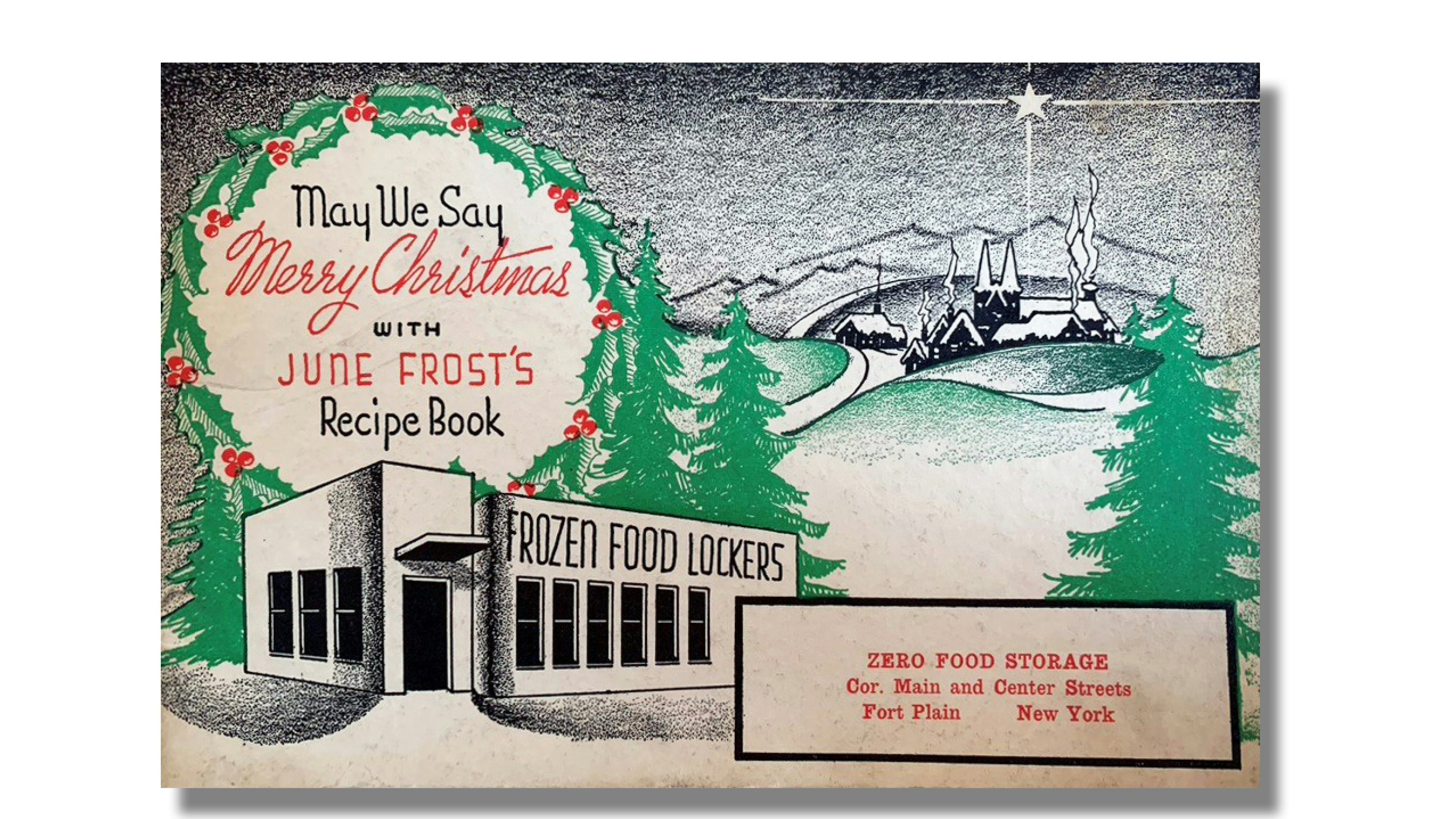Still Processing

Teams Prove Nimble in a Crisis, from Desks, Sofas, Kitchen Tables
For Library staff members who process collections, the biggest challenge of the COVID era has been one and the same with the highest priority: ensuring that the Schlesinger’s unrivaled holdings remain accessible to researchers, educators, and others seeking insight on the lives of American women.
The week before Radcliffe shifted to remote work, the Published Materials Department met to establish a plan, identifying projects that could be accomplished from bedrooms, kitchen tables, and living room sofas. Staff members needed to continue to work with the physical collections, which make up the Library’s core responsibility and commitment, but also wanted to use the time to accomplish two access projects that had been on the back burner too long: a metadata cleanup that lingered from the Library’s most recent systems migration and the cataloging of the culinary pamphlet collection. Both efforts would provide increased access to print collections through corrected item-status displays and enhanced descriptions and subject headings.
By late April, staff had completed the metadata enhancement project (7,000+ items updated!). Meanwhile, the culinary pamphlets project was under way, with more than 500 pamphlets to be cataloged in May and June. When a staff member delivered Hollinger boxes of pamphlets to colleagues’ homes in Cambridge, Arlington, and Dorchester, spirits were lifted by the chance to work with printed materials again.
Perhaps the timeliest of our in-development projects was the collection of electronic books. As Marylène Altieri, curator of published and printed materials, purchased e-books, staff members linked to them through the Harvard HOLLIS catalog, available to the University community worldwide. Printed materials remain our primary focus, but newly published books that are available in an electronic format are now acquired as e-books. A new digital order-invoicing system, created on the fly, replaced our old trail of paper forms—an innovation that will survive the pandemic.
In the Schlesinger’s Manuscripts Department, whose duties traditionally include hands-on work with the Library’s unique collections of correspondence, diaries, photographs, organizational records, and ephemera, archivists have created new processes for surveying, organizing, analyzing, and describing materials so that they can be discovered and effectively used by researchers. With limited access to collections, staff members quickly developed a digital-first approach using streamlined scanning methods that allow much of the department’s processing to be done remotely. Orientation, training, and troubleshooting for the transition consisted of Zoom meetings, Slack messages, and written instructions via step-by-step screenshots.
Team members spend on-site time assessing, preparing, and scanning collections, then use the scans to carry out analysis, cataloging, and finding-aid creation while working remotely. The Manuscripts Department has prioritized collections of immediate interest to grantees and other researchers and is collaborating with Digital Services to make the images created in this workflow available online.
The pandemic hasn’t stopped manuscripts from coming through the Library’s doors, so the department has also prioritized accessioning of these new collections. (Archivists describe accessioning as establishing physical and intellectual control over a collection, and it is an essential step in stewardship of the materials entrusted to a library’s care.) Archivists have one or two days on site each week, so on those days, they focus on tasks that must be done at the Library, including recording, surveying, and rehousing new accessions and gathering information that feeds into remote work. For example, accessioning archivists take thorough notes so that they can create catalog records while working remotely. Camera phones have become indispensable tools for recording information such as the state and extent of new acquisitions and the titles of folders and audiovisual materials, as digital photos are used to communicate with colleagues and create container lists and catalog records. The department has accessioned more than 125 new manuscript acquisitions during the pandemic. The effort has been a learning experience, revealing hidden efficiencies that staff members hope to make permanent.
Library colleagues have collaborated and supported one another with ingenuity, flexibility, and commitment. We meet regularly on Zoom and talk daily on Slack, where questions are discussed, news is shared, humor and support offered. We see one another occasionally for brief conversations at safe distances. We’re grateful to work for an institution that has the resources and commitment to keep staff safe with protocols and testing, and we feel fortunate to have jobs that we love at a time of hardship and loss for so many.







